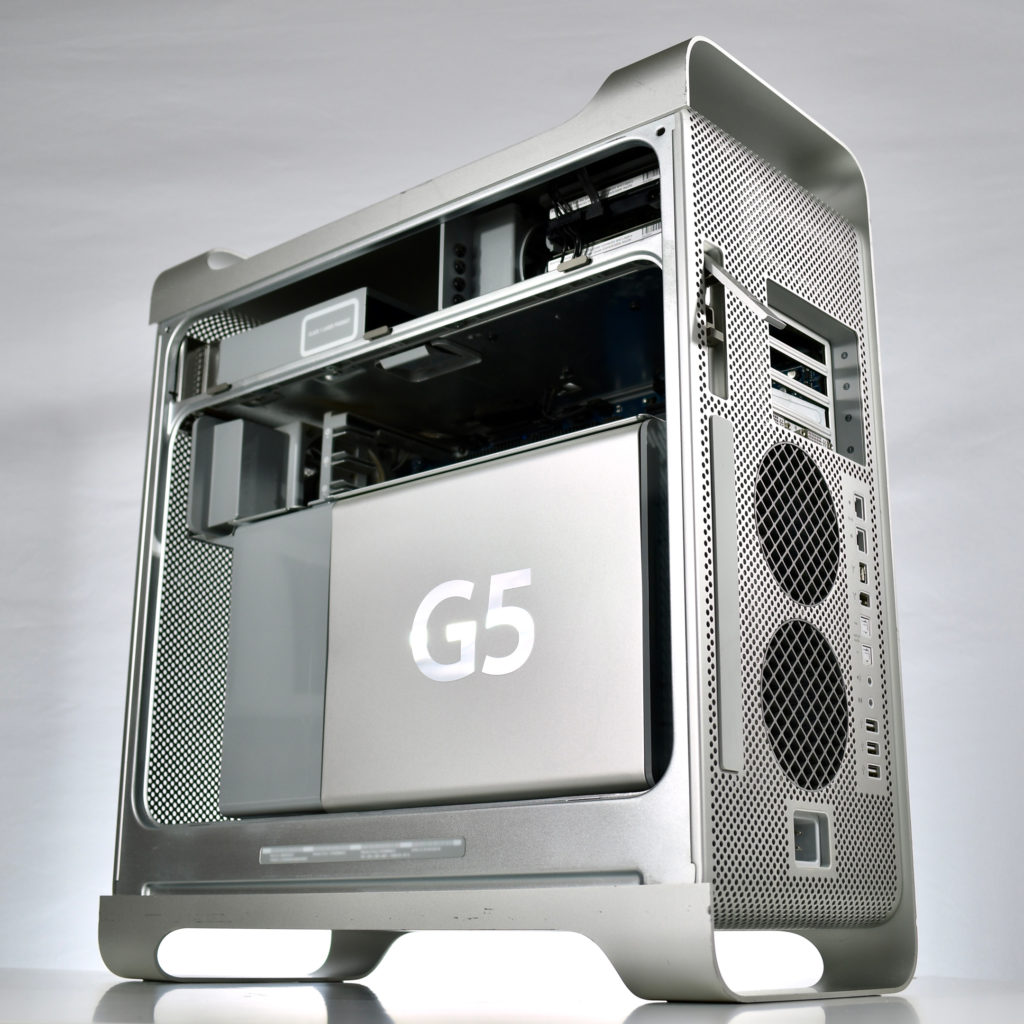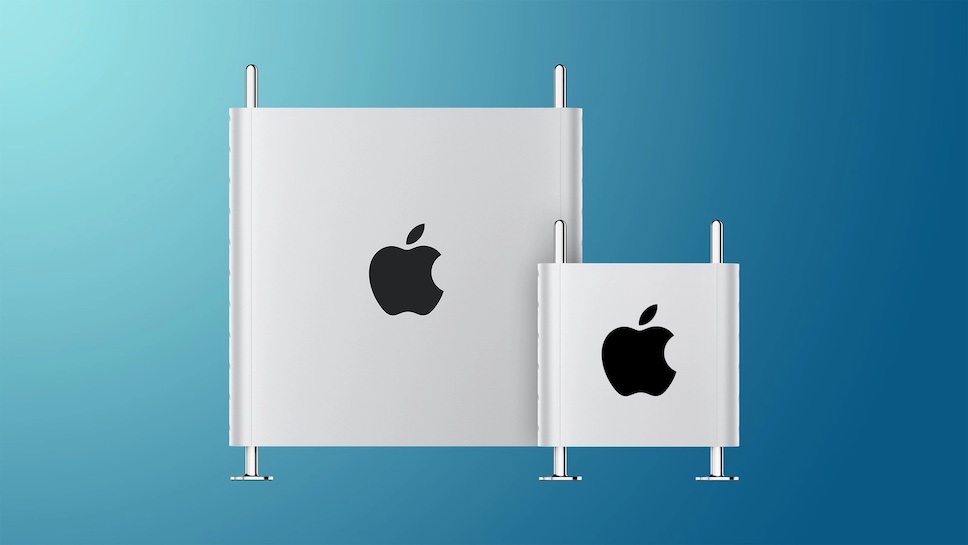
#Power mac cube g4 mac#
The act of opening up a G4 Cube even beats the Blue-and-White Power Mac G3 in terms of drama. Then you could lift the cube’s interior out of its aluminum skin, which was attached to the lucite holder. You could get to the interior of the Cube by flipping it on its back and pushing on a handle to pop it out with a satisfying click. To Apple’s enormous credit, the G4 Cube was an accessible black box. My favorite feature of the Cube might be the pop-out handle on the bottom. (Even the Cube’s large external power brick has some style, sheathed in aluminum and covered with tiny vent holes.)

It looked like a prop out of a sci-fi movie, and looked even better when connected to its speakers and an Apple Studio Display. These sorts of quirks made the Power Mac G4 Cube a lot less appealing, but let’s be clear: the thing had sheer gadget magnetism.

And the touch-sensitive power button was far too easily triggered by a stray finger or even a passing disturbance in the force. The computer was never able to properly cool itself using its bottom-to-top convection chimney design 1, which caused plenty of component failures. In the case of the G4 Cube, both decisions cut off this Mac’s nose to spite its face. It also lacked two items that would surely be high on a list of items Jobs and Ive hated putting in their products: fans and buttons. Instead, in a quirk perhaps picked up from the integrated Bose sound system in the Twentieth Anniversary Mac, the Power Mac G4 Cube included a pair of clear, round Harman Kardon speakers. The power of a Power Mac-a G4 processor, a vertical slot-loading optical drive, hard drive, RAM, video card, and an array of ports-was all packed into that tiny space. It was a dense eight-inch (20cm) cube of technology, suspended in a lucite sheath. And you could argue that Apple’s black-box ideals positioned it perfectly for the mobile revolution and devices like the iPod, iPhone, and iPad.īut perhaps the best example of the Black Box Apple product is the Power Mac G4 Cube. There are plenty of examples of this in Apple history, such as the Apple TV, the Mac mini, the 2013 Mac Pro, and the base of the iMac G4. Don’t look inside, or you’ll spoil the surprise. Wrap that small object in a pleasant exterior (or if you’re NeXT, a literal black box) and you’ve created a bit of magic technology. Apple’s designs frequently attempt to create small, dense objects that are packed with as much technology as possible-including technology that exists specifically to make that density work. One of them is what you might call the ideal of the Black Box. That’s one design principle that it’s possible to intuit by observing the classic Steve Jobs/Jony Ive design collaboration from a distance. It was just as unusual as I had imagined.įor years now I’ve talked about something I call Jobs’s Law, which is that laptops need to get thinner and lighter over time. Later on keynote day I got a chance to see the Cube in person for the first time. My colleagues and I spent the next 12 hours writing, so that the very second that Apple announced the Cube (and a new palette of G3 iMacs), we could drop detailed stories on the web, as if we had known what was coming all along. That’s how I met the Power Mac G4 Cube: a spec sheet and a press release.

Some source at Apple has handed Macworld the crown jewels-on the condition that we not post anything until the products are announced. In fact, it’s the entire Apple press kit for the next day’s keynote.
#Power mac cube g4 full#
In his possession is a manila folder full of documents. That evening, our boss, Macworld Editor-in-Chief Andy Gore, calls an emergency meeting in his hotel suite. We’ve got plans for online coverage as Apple makes its product announcements, followed by the team fanning out onto the trade show floor to cover every new product on display, from Apple and all the other companies that attend the show. It’s July 18, 2000, and the Macworld staff has assembled in New York City for the next day’s kickoff of Macworld Expo.


 0 kommentar(er)
0 kommentar(er)
